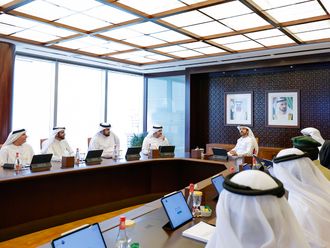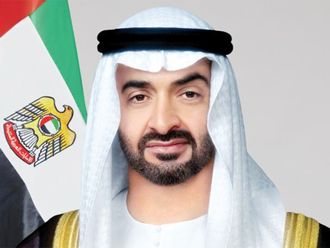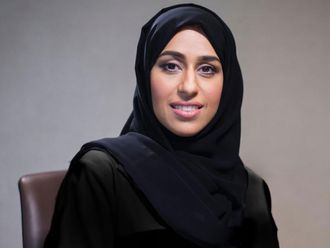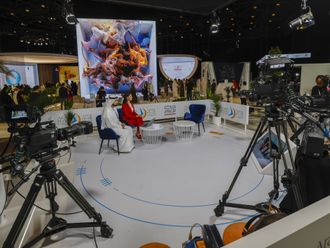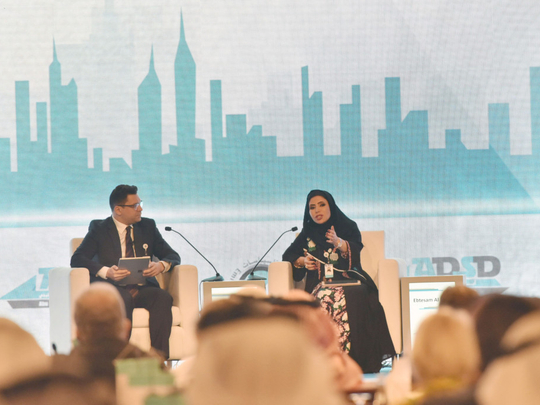
Abu Dhabi: The UAE’s power-building model was discussed during the first panel of the Abu Dhabi Strategic Debate’s opening day.
Dr Ebtesam Al Katbi, President of the Emirates Policy Centre, spoke of the UAE’s endeavours in having a power-building model, in which it has taken into consideration soft and hard power, as well as trends, transformations and the distribution of power in the region and globally.
“We had a lot of regional changes,” she explained. “The UAE has been known to be diplomatic and impartial, however, the expedited transformations in the region and international environments made it somehow impossible for the UAE not to interact and respond to this transformation.”
Consequently, she said the country is contributing in intervention in a way that protects the interest of the UAE’s people and government. “This intervention and contribution have come to restore stability, economic growth, development, tolerance, moderation and fighting extremism,” Dr Al Katbi said. “However, hard power protects the consequences of soft power. When the UAE contributed to the international alliance against Daesh, it came to protect its soft power factors represented in moderate Islam, reinforcement of modernity and coexistence.”
She went on to say that, today, soft power cannot be used without having a fence protecting its output. She characterised the UAE model as a unique one for federal governments in a region that is living in wars and clashes. “The UAE has become a success story in the Arab and Muslim world when it comes to governance, welfare, prosperity, tolerance, coexistence and living in harmony,” Dr Ebtesam explained. “It is a pioneer in supporting and providing aid for poor countries, as well as those in conflict and post-disasters.”
The leadership in the UAE was said to be resilient and flexible when dealing with international transformations but UAE politics are far from militarisation. “We have military power but it’s a defensive military power,” she emphasised. “It has special forces that are highly qualified, maintaining security in Kosovo, Somalia and Afghanistan.”
The UAE took part in the Arab alliance in Yemen, in fighting Daesh and terrorism, which may have led the US to name it “Little Sparta”.
She mentioned Saudi Arabia as a political, economic and religious balancing power in addition to Egypt, Morocco and Jordan, as they possess human resources and other qualifications to play that role. “It’s a nucleus for a new Arab world where its priorities are restoring stability, exerting efforts to achieve development, fighting extremism and terrorism, to change this image towards our Arab region that’s only looked at as a region of conflicts,” she said. “We aim to have this region as a representation of potential opportunities and building the future.”
The issue with the West when dealing with the region, she added, is that they are coming with a ready-made solution. But one size does not fit all. As such, the political and cultural contexts are important, before building a democratic order. “Good governance is the most important component for the region,” she noted. “Then you will have democracy in a way that is in harmony with social and cultural contexts.”
The UAE is preparing itself for the future and the post-oil era, by investing in education, knowledge, technology and space. “The UAE leadership is smart in adapting with transformations we have today,” She concluded. “We at EPC adopt the concept of smart power, which combines soft and hard power at the same time. This means using the components of power of a country as a decisive element in the international policies of the government — we have to move from analysing power by its conventional concept to power in its smart concept and the UAE is the first to use smart power when it comes to the power-building model.”


